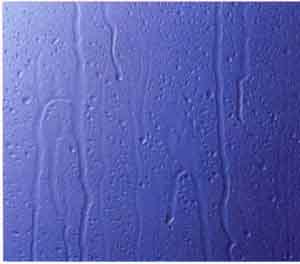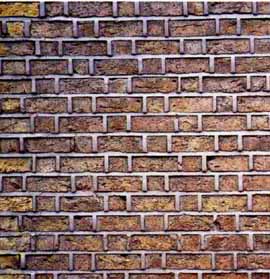"Wet basement" is a phrase that strikes fear into the hearts of most homeowners. More than half of US homes have this problem, according to the American Society of Home Inspectors. The most typical causes are condensation, runoff, and groundwater swelling. Solutions depend on the cause of the problem, and can range from using a dehumidifier to installing a perimeter drain system. If you notice dampness and a musty odor when you enter your basement, you may be experiencing the first signs and should make it a priority to combat the water before more serious damage occurs to your home.
Condensation
Condensation occurs when moist, warm air hits cool foundation walls. If you see wet spots on basement floors and walls, you might have a condensation problem. Check it by performing a simple test. Tape plastic wrap onto a damp spot, sealing the edges with tape for a few days. If moisture appears on the wall side of the plastic, it’s a leak; if moisture is on the outside, it’s a condensation problem.
Above: Condensation: Allowing condensation to persist
in your home can lead to structural problems. Simply opening windows regularly
to aerate your home can eliminate the problem. Install a dehumidifier for
a longer-term solution.
Runoff
The most typical cause of runoff is melted snow and rainwater that's not directed away from the house. Hydrostatic pressure forces the water through gaps or cracks in walls and footings. You can prevent runoff by making sure the ground outside your home slopes away from your house at least 1 inch (25 mm) vertically for every 12 inches (300 mm) of horizontal travel and that downspouts are not leaking or pooling near the foundation.

Above: Runoff: This problem shows signs as water moves through
cracks in the walls or floors. Here, growths of mold and algae suggest
a damp surface.